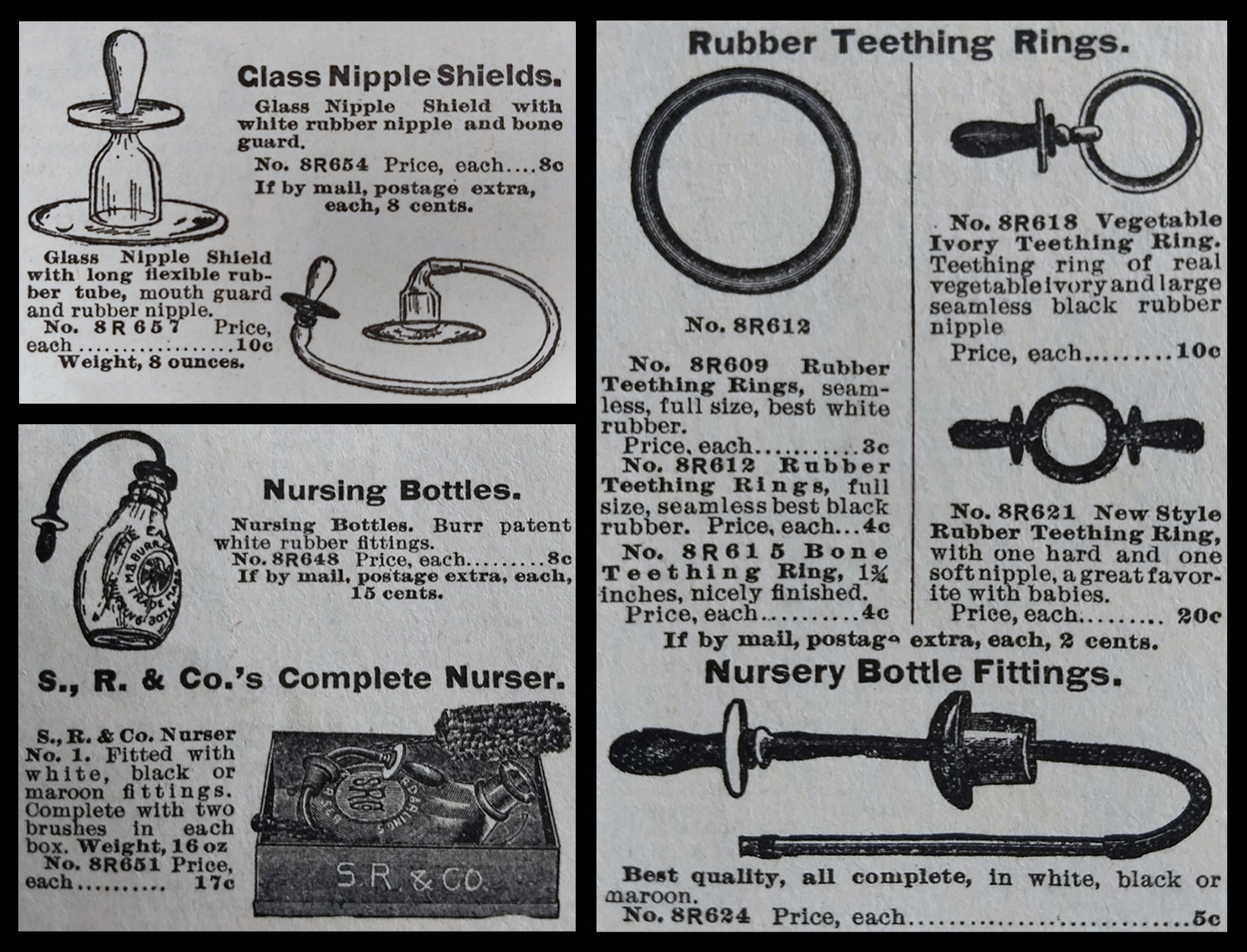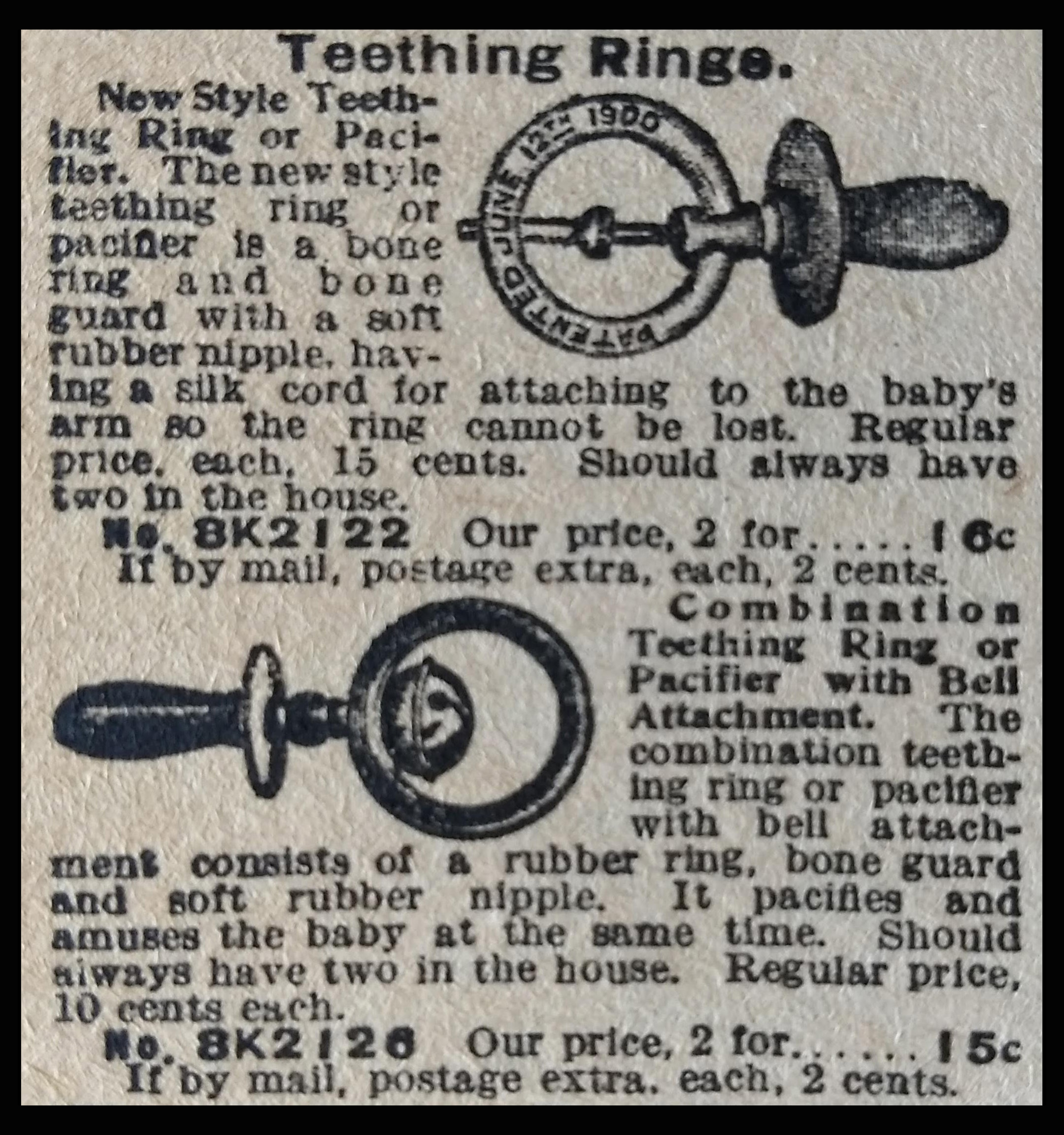A Partial Bone Disc Recovered from the Houston-LeCompt Site
By Sara Rivers Cofield and Kerry S. González
This month we are going to revisit an artifact that Dovetail recovered from their data recovery excavations at the Houston-LeCompt site in New Castle County, Delaware. This work was sponsored by the Delaware Department of Transportation (DelDOT) and the Federal Highway Administration (FHWA) as part of the DelDOT Route 301 study. Thousands of artifacts were recovered during the fieldwork, some of which have been discussed in previous blog posts (see April 2016, December 2015, January 2015, and March 2017). For this blog, we not only have a guest author, Sara Rivers-Cofield, Federal Curator at the Maryland Archaeological Conservation Laboratory (MAC Lab), but we are unabashedly highlighting an artifact we misidentified in 2013.
When Sara took on an analysis of the clothing-related artifacts from the Houston-LeCompt site in 2014, she photographed this partial bone disc (Photo 1) because she thought it might have been a button mold. One-holed bone discs were often used for making thread- or cloth-covered buttons in the eighteenth and nineteenth centuries, but the holes for such buttons were usually much smaller. For that reason, this artifact was not included in Sara’s subsequent analysis and report.

Photo 1: Partial bone disc from the Houston-LeCompt site
(Test Unit 80, Feature 18, Strat. I, Lev. 2).
As it turns out, leaving the artifact out of the clothing analysis was the right decision. Earlier this year Sara was researching artifacts online when she stumbled across an Australian archaeological report showing several similar discs labeled as “bone feeding bottle nipple guards” (Stocks 2013:79, 110, 161, 184). It was an “aha” moment because she had seen nineteenth-century baby bottles that had long tubes with a nipple at the end (Photo 2). The bottles are famous for having been difficult to clean and therefore a perfect breeding ground for bacteria that led to illness and death for many infants. As a result, the bottles were nicknamed “murder bottles” and eventually were removed from the market (Baby Bottle Museum 2016). By the late-nineteenth and early-twentieth century, other materials like rubber and celluloid were available for bottle nipples, however according to the 1902 and 1908 Sears, Roebuck Catalogs some guards were still made of bone (Figures 1-2).

Photo 2: Many babies were photographed with their bottles, perhaps to keep them happy and still for the photo session (Parent24 2018).

Figure 1: Disc-shaped nipple guards can be seen on bottles, nipple shields, and teething rings in the 1902 Sears, Roebuck Catalog. The description of the glass nipple shield specifies that the guard is made of bone (Sears, Roebuck Co. 1902:454).

Figure 2: Two teething rings/pacifiers featured in the 1908 Sears, Roebuck Catalog specify that the nipple guard is made of bone (Schroeder 1971:794).
It was exciting to have a lead on that tricky bone disc that she remembered from Houston-LeCompt. Not long after this discovery, Sara found a complete bone guard in a collection from the City of Baltimore that had just been delivered to the MAC Lab, and this example even has a rubber lining remaining in the ring (Photo 3). No doubt there are many more of these in collections that have never been properly identified.
Now that we can recognize these bone discs for what they are, it is possible to connect the Houston-LeCompt site to an interesting era in the history of parenthood when new bottles were designed to make parents’ lives easier by letting babies feed themselves. How awful it must have been for parents to realize that their adoption of these convenient feeders could have such deadly consequences.
This artifact is just one example of the importance of retaining archaeological collections. Human beings have made an amazingly diverse array of products, and it just isn’t possible for any one archaeologist to know about them all. Archaeology is an ongoing learning process that keeps going once the initial written report is finished.

Photo 3: Complete nipple guard with surviving rubber in the center. From the Albemarle Rowhouse site (18BC50/40H-292).
Any distributions of blog content, including text or images, should reference this blog in full citation. Data contained herein is the property of Dovetail Cultural Resource Group and its affiliates.
References:
Baby Bottle Museum
2016 Murder Bottles: Baby feeding bottles that could kill. Electronic document, https://www.babybottle-museum.co.uk/murder-bottles/, accessed November 2018.
Parent24
2018 Timeline: From ‘killer bottles’ to baby cages, weird and wonderful baby gadgets from the past, electronic document, https://www.parent24.com/Baby/Fun/timeline-from-killer-bottles-to-baby-cages-here-are-baby-gadgets-from-the-past-20180522. Accessed August 2018.
Schroeder, Joseph J., Jr, editor
1971 Sears, Roebuck & Co. 1908, Catalogue No. 117: A Treasured Replica from the Archives of History. DBI Books, Inc., Northfield, Illinois.
Sears, Roebuck Co.
1902 The 1902 Edition of the Sears, Roebuck Catalogue. 1986 Edited reprint by Bounty Books, Crown Publishers, Inc., New York, New York.
Stocks, Robyn
2013 Miscellaneous, Organics and Non-structural Metals Report: Darling Quarter, Darling Harbor. Vol. 3, Section 8.2 of the Casey & Lowe Darling Harbor report. Electronic document, https://www.caseyandlowe.com.au/pdf/darlingquarter/DarlingQuarter_Volume_3_Section_8.2_Misc_Report_Part1.pdf, accessed November 2018.
